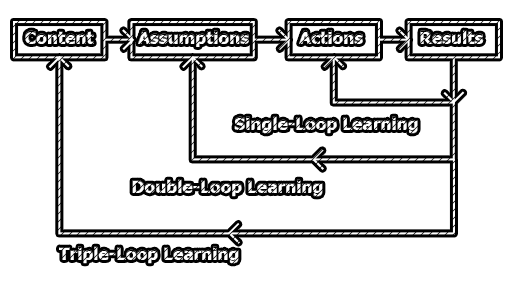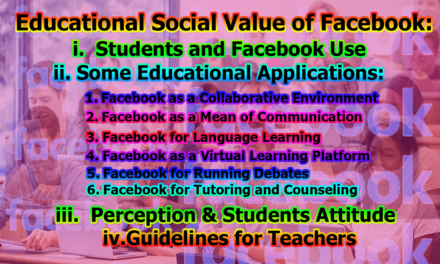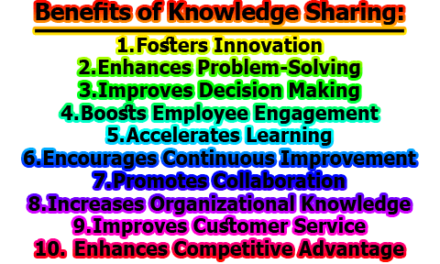The organization in which people learned through their own experience in the organization automatically becomes a learning organization with the passage of a period. The organization which is said to be a learning organization is not about the continued existence but is only about the adaptive learning changing. The group of learning is most important for creating interaction in that organization which is considered as a situation of the learning organization. Organizational learning has a positive impact on outcomes and also has an impact on individuals and on leadership. In the rest of this article, we are going to discuss the levels of organizational learning.
Levels of Organizational Learning:
Organizational learning may occur at several levels:
- Individual level: focus on the basic tool and communications mastery (skillfulness)
- Team level: focus on cross-functional issues, quality of relationships, and team dynamics
- Organizational level: focus on infrastructures for training, promotion, diagnosis, goal setting, and mobilization
- Societal level: focus on networking and benchmarking.
Chris Argyris and Doland Schon identified two levels of organizational learning. These are; single-loop learning and double-loop learning. Swieringa and Wierdsma developed the third level of organizational learning, which they termed third-loop learning.
The single-loop learning, in fact, represents lower-level learning, and double-loop learning and third-loop learning represent higher-level learning.
Single-Loop Learning: Single-loop learning is incremental learning that changes strategies of action in ways but the values (standards or product quality) remain unchanged. Single-loop learning occurs when errors are detected and corrected without modifying organizations’ existing policies, goals, or assumptions. Example: Quality control inspectors who identify a defective product may convey that information to production engineers who, in turn, may change product specifications and production methods to correct the defect.
In single-loop learning, people, organizations, or groups change their actions according to the difference between expected and reached outcomes. Single-loop learning occurs at the operative level.
Double-Loop Learning: By double-loop learning, we mean learning that results in a change in the values of theory-in-use, as well as in its strategies and assumptions. Double-loop learning occurs when errors are detected and corrected such that an organization’s existing policies, goals, and/or assumptions are called into question and challenged.
Double-loop learning occurs when the diagnosis and intervention require changes in underlying policies, assumptions, and goals, and then new actions follow. Double-loop learning occurs at the tactical level.
Triple-Loop Learning: Triple-loop learning focuses on transforming organizational members by helping them learn how to learn. That is, triple-loop learning focuses on the ability to effectively utilize single- and double-loop learning.
Ideally, triple-loop learning links all of the local learning units into a unified learning organization. Triple-loop learning resides at a higher level of abstraction (thought); it develops the organization’s ability to learn about learning.
In summary, while single-loop learning is all about correcting errors without questioning underlying assumptions and double-loop learning detects errors, questions underlying assumptions behind the actions and behavior, and also learns from these mistakes, triple-loop learning is operating at a higher level; it develops the organization’s ability to learn about learning.
References:
- Dee-Lucas, D. a. (1980). Learner-generated organizational aids: Effects on learning from text. Journal of Educational Psychology, 72(3): 304-311.
- Senge (1990). The Fifth Discipline. Measuring Business Excellence, 1 (3), 46-51.
- Pham, N. T. (2006). Facilitators of organizational learning in design. Learning Organization, 13(2), 186-201.

Assistant Teacher at Zinzira Pir Mohammad Pilot School and College










